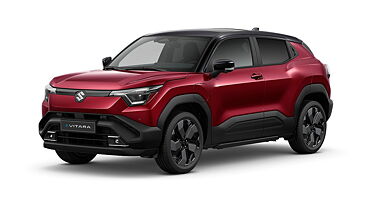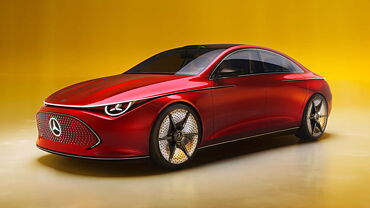
The automotive industry which had its fingers crossed until this morning, is now relaxed. The budget according to many in the industry has been average with not much cuts and not much incentives too.
Michael Boneham, president & managing director, Ford India said, ''The Union Budget was clearly focused towards fiscal consolidation and addressed some of the key medium term issues like the implementation of the GST and direct tax code by April 2011. This is a mixed bag budget, it provides a strong impetus on social and infrastructure development with the aim to achieve a 9% GDP growth rate but lacks any positive elements for the automobile industry."
He further said that the hike in excise duty on cars by 2% is a major disappointment for the automobile industry as there was strong need to continue the stimulus to support the ongoing fragile recovery. This is sure to affect consumer sentiments when taken with the simultaneous hike in fuel prices as it will lead to an overall increase in motoring ownership.
Dr. Pawan Goenka, president, SIAM and president – Automotive, Mahindra & Mahindra, stated that the Finance Minister and his team seem to have struck the right balance in pushing reforms, maintaining a high focus on social and physical infrastructure whilst returning to fiscal responsibility in a measured manner. He cited several positive proposals for the Automobile Industry - the correction in Excise duty on Electric Vehicles which will enable the manufacturers take CENVAT credit and exemption of Customs duty on Electric Vehicles parts.
He also welcomed the increase in weighted deduction for in-house R&D to 200% from 150% and outsourced R&D from 125% to 175%. This would spur industry focus on innovation, R&D and product development that would increase the competiveness of the industry longer term.
Although, Dr Goenka maintains that the 2% hike in excise duty was expected and should not have adverse impact on the market. The result of the Budget proposals is that the basic excise duty rate and service tax rates have converged to 10%, indicating a move to enable GST implementation from Apr 2011.
The industry which was hoping for a reduction in the large gap in excise duties between smaller personal vehicles and CVs and the high excise levy on larger personal vehicles, but that did not happen.
"On the positive note with the government broadening the tax slabs would boost the disposable income in the hands of the middle class and is a positive sign creating a larger customer base for auto sector. Similarly allocation for road transport increased by over 13% from Rs 17,520 crore to Rs 19,894 crore will be a boost to the industry. Overall though the budget has met the market expectations, it is not a game changer. The auto sector will need a sustainable plan to witness a good business this year," adds Boneham.
S Sandilya, vice-president, SIAM and chairman, Eicher Group said that in recent times, rural market has been playing an important role for the automotive sector and increased allocation for rural development including NREGA will have positive impact on automobile industry. Also, if banking license is granted to private players and NBFCs by Reserve Bank of India, it will result in increased reach and resulting penetration.
Abdul Majeed, leader automotive practice, PricewaterhouseCoopers, said, "Initiatives such as increased allocation to infrastructure, weighted deduction on R&D expenses , revised tax slabs for middle class,with partial roll-back of stimulus package would sustain the growth in the auto industry."
A satisfactory budget overall!

































